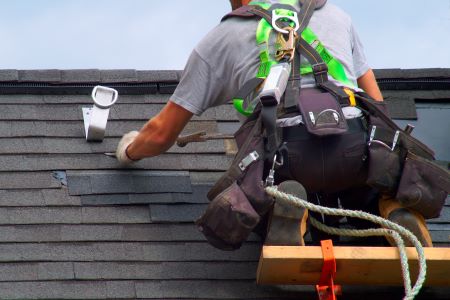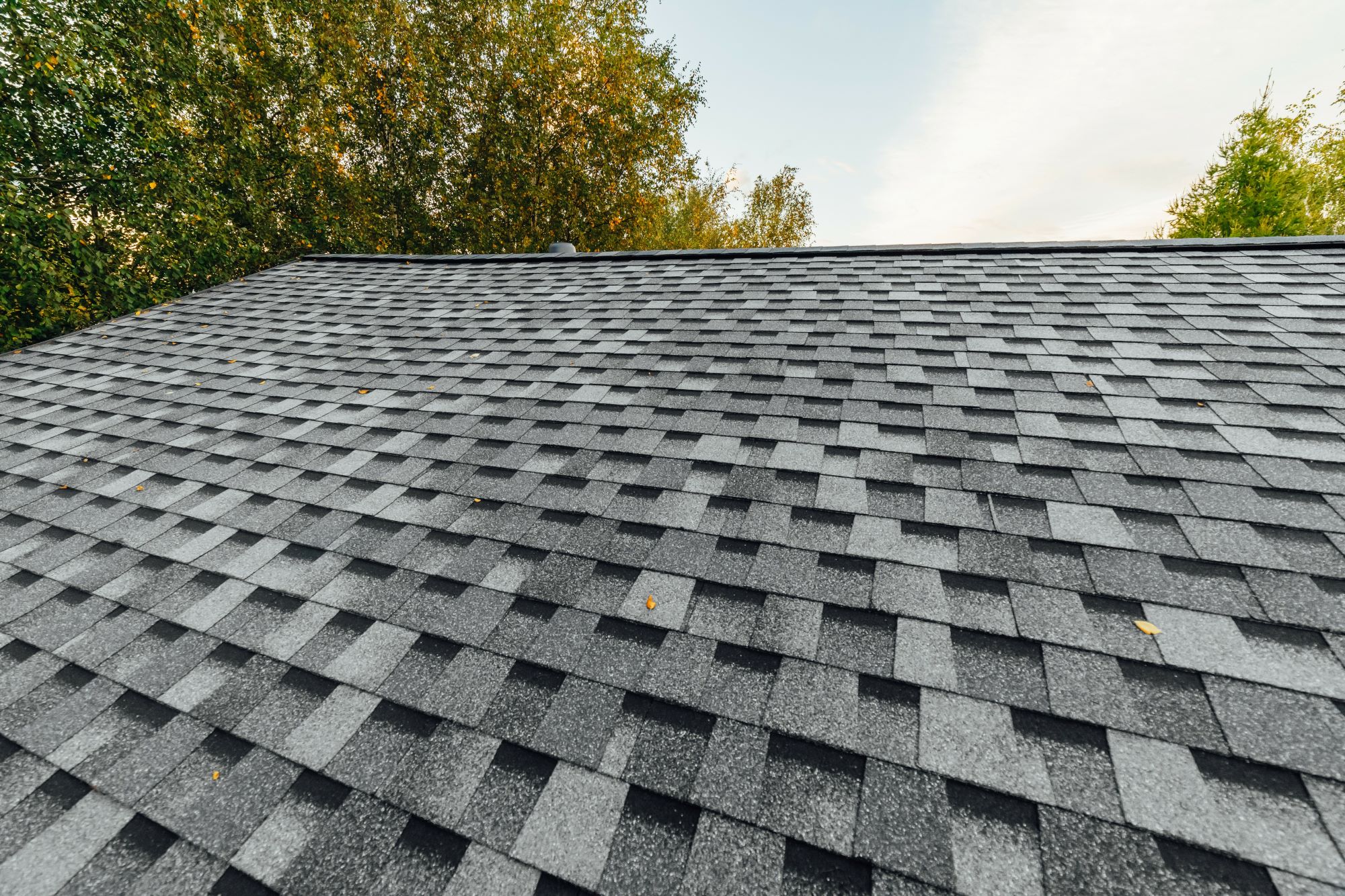Installing a new roof over an existing one is a topic that often garners attention from homeowners and business owners alike, particularly when considering the costs, benefits, and potential downsides of such a project. This discussion is relevant to both residential and commercial buildings, requiring insights into residential roofing services, commercial roofing contractors, and affordable roofing services. Here, we will delve into the feasibility of installing a new roof over an existing one, covering various aspects, including the types of roofing systems that may allow for this, the considerations that must be taken into account, and the roles that specialized roofing services play in the process.
Understanding the Basics
The process of installing a new roof over an existing one is often referred to as “re-roofing” or “overlay roofing.” This practice can be applicable to both residential and commercial properties, depending on several factors, such as the type of existing roof, the condition of the current roofing structure, local building codes, and the specific needs of the property owner.
Residential Roofing Services: A Closer Look
Residential roofing services often deal with asphalt shingles, wood shakes, and metal roofing systems, which are common materials for residential properties. When considering re-roofing for a residential building, the primary consideration is the condition of the existing roof. A solid foundation without significant water damage, sagging, or structural issues may be a candidate for an overlay. However, adding a new layer of roofing materials on top of an old one without addressing underlying problems can lead to more significant issues down the line.
Commercial Roofing Contractors: Expertise Matters
Commercial properties often have flat or low-slope roofs, which differ significantly from the pitched roofs seen on many residential buildings. Commercial roofing contractors bring specialized expertise to assess the viability of installing a new roof over an existing one in commercial settings. These professionals consider factors such as the weight of the new roofing system, drainage, the condition of the existing roof, and the impact on the building’s thermal performance.
The Role of Affordable Roofing Services
Budget is a critical concern for both residential and commercial property owners. Affordable roofing services aim to provide cost-effective solutions that do not compromise on quality. When it comes to re-roofing, these services can offer valuable advice on the materials and methods that can achieve the desired outcome within the budget. However, it’s important to balance affordability with the long-term durability and performance of the roofing system.
Key Considerations
Before deciding to install a new roof over an existing one, several key considerations must be taken into account:
- Building Codes and Regulations: Local building codes may limit the number of layers a roof can have. It’s crucial to consult with professional roofing contractors to ensure compliance with all regulations.
- Weight Issues: The structural integrity of the building must be assessed to determine if it can support the additional weight of another layer of roofing materials.
- Inspection and Repairs: A thorough inspection of the existing roof is essential. Any issues such as leaks, damaged flashing, or rotten decking should be addressed before proceeding with an overlay.
- Warranty and Lifespan: Understand how re-roofing may affect the warranty of the existing roofing materials and the expected lifespan of the new roof.
- Energy Efficiency: Installing a new roof over an old one can impact the building’s insulation and ventilation, affecting energy efficiency. Solutions should be sought to mitigate any negative impacts.
Advantages and Disadvantages
Advantages:
- Cost-Effectiveness: In some cases, re-roofing can be more affordable than a complete tear-off and replacement, especially when considering the labor and disposal costs.
- Time-Saving: The process can be quicker since it eliminates the need to tear off the existing roof.
Disadvantages:
- Hidden Damage: Overlaying may conceal underlying issues that can worsen over time.
- Weight Concerns: Additional weight from the new layer could stress the structural integrity of the building.
- Shortened Lifespan: The new roof may not last as long as it would on a clean deck, potentially leading to higher costs in the long term.
Conclusion

The decision to install a new roof over an existing one should not be taken lightly. It requires careful consideration of the condition of the current roof, compliance with local building codes, the potential impact on the structure’s integrity and energy efficiency, and the overall cost implications. Consulting with professional roofing contractors—be it residential roofing services for homes or commercial roofing contractors for business properties—is crucial. These experts can provide a detailed assessment, recommend the best course of action, and ensure that any re-roofing project is performed safely, efficiently, and in compliance with all regulations. In the quest for affordable roofing services, property owners must weigh short-term savings against the long-term health and durability of their roofing system.
- Commercial Roof Installation Winston-Salem NC
- Commercial Roof Repair Burlington NC
- Commercial Roof Repair Charlotte NC
- Commercial Roof Repair Raleigh NC
- Commercial Roof Repair Winston-Salem NC
- Commercial Roof Replacement Winston-Salem NC
- Commercial Roof Tear Offs Winston-Salem NC
- Commercial Roofing Burlington NC
- Commercial Roofing Charlotte NC
- Commercial Roofing Raleigh NC
- Commercial Roofing Winston-Salem NC
- Custom Chimney Caps Burlington NC
- Custom Chimney Caps Charlotte NC
- Custom Chimney Caps Raleigh NC
- Custom Chimney Caps Winston-Salem NC
- Flat Roof Repair Winston-Salem NC
- Flat Roof Replacement Winston-Salem NC
- Flat Roofing Burlington NC
- Flat Roofing Charlotte NC
- Flat Roofing Raleigh NC
- Flat Roofing Winston-Salem NC
- Gutter Installation Burlington NC
- Gutter Installation Charlotte NC
- Gutter Installation Raleigh NC
- Gutter Installation Winston-Salem NC
- Roof Repair Burlington NC
- Roof Repair Charlotte NC
- Roof Repair Raleigh NC
- Roof Repair Winston-Salem NC
- Roof Replacement Burlington NC
- Roof Replacement Charlotte NC
- Roof Replacement Raleigh NC
- Roof Replacement Winston-Salem NC
- Roofing Company Burlington NC
- Roofing Company Charlotte NC
- Roofing Company Raleigh NC
- Roofing Company Winston-Salem NC
- Roofing Replacement Burlington NC
- Roofing Replacement Charlotte NC
- Roofing Replacement Raleigh NC
- Roofing Replacement Winston-Salem NC
- Siding Installation Burlington NC
- Siding Installation Charlotte NC
- Siding Installation Raleigh NC
- Siding Installation Winston-Salem NC
- Skylight Installation Burlington NC
- Skylight Installation Winston-Salem NC
- Window Replacement Burlington NC
- Window Replacement Charlotte NC
- Window Replacement Raleigh NC
- Window Replacement Winston-Salem NC

